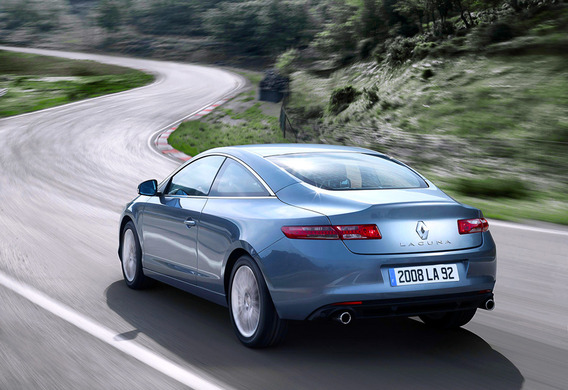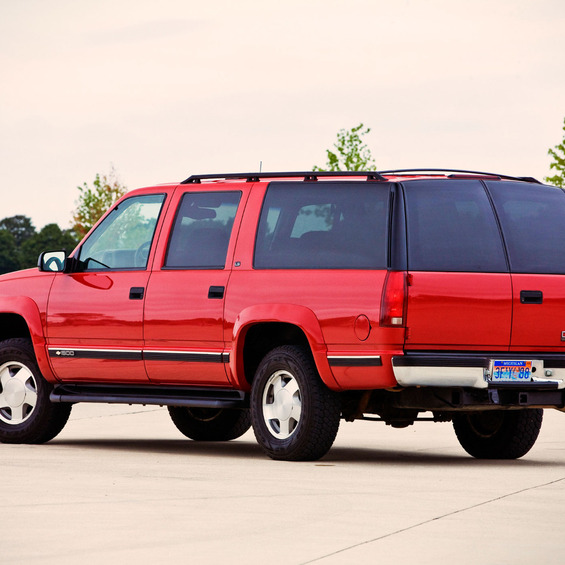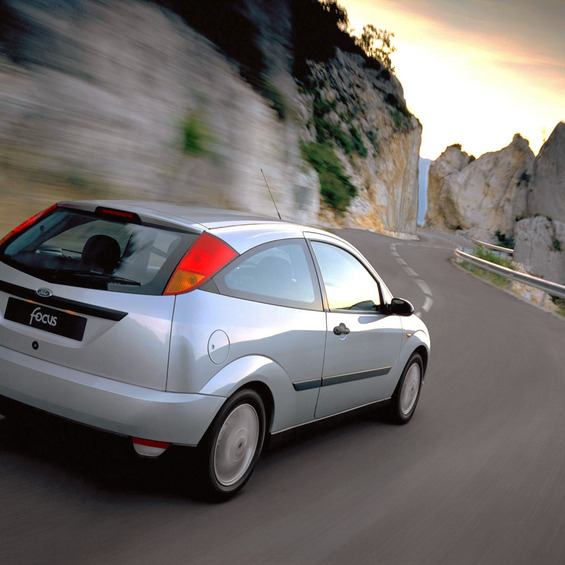
Wheel rear wheels-a system that improves the reaction of the car to the steering control and stabilizes the bodywork at high speed maneuvers. History of rear wheel steering
History of rear wheel steering
The improvement of such an important parameter as controllability remains one of the priorities for the development of new cars. Modern steering systems are well managed, and developers in the drive for manageability are most often on the way to creating additional devices that do not have a relationship to the steering.
These devices include anti-crisis systems and computer systems for exchange rate stability.
However, even before the mass introduction of microprocessors in the car control system, there were developments that allowed to improve manageability. These include rear wheel steering.
Examples of equipment for mobile rear wheels can be found at the beginning of the twentieth century. This principle has long been used in loaders operating in closed tight areas of warehouses, factory workshops, etc. The rear suspension was still used in tractors and SUVs, for example, in the pre-war jeep of the Mercedes Kübelwagen G5.
Rear-wheel rear wheels and rotation theory
Even with the most progressive design of the suspension, for example, with a high speed, a serious factor influencing controllability is the inertia of the rectilinear movement of the rear wheels, resistant to bend. When the front wheels turn to the left or right in the direction of the steering direction, the rear unguided wheels attempt to remain on the same trajectory.
Types of rear suspension and design patterns
In the earliest systems-for example, on tractors of the twenty years of the last century, the corner of the bridesmage was large, up to 15 degrees. As the maximum speed was increased, such large corners had to be discarded. In modern cars, the system of wheel steering provides a maximum rotation of 5 to 8 degrees.
The back suspension is divided into two types-active and passive.
Active thruster pendant
If the vehicle is equipped with an active rear suspension, all four wheels turn at once, responding to the steering motion. In modern systems, the steering wheel drive is not transferred to the rear wheels mechanically through the use of the levers, but through the command of the electronic control unit and the retractive relays, otherwise known as acutors. They move the rear steering gear similar to those used in the main steering system.
Active thruster suspension works in two modes. When moving at low speed, for example, in the parking lot or on the way to the garage, when the front wheels are rotated to the right, the rear turn to the left and vice versa. This represents an opportunity to reduce the radius of the turn at twenty-five per cent.
At a high speed, the pattern of work changes. When the front wheels turn to the left, the rear wheels are being bonded to the same direction, but to a smaller angle. The precise angle of the brim is followed by the electronic control unit, taking into account the angular acceleration sensor reading, speed sensor and others, forming an optimal algorithm for passing the vibration.
The best known uses are the rear suspension systems of Japanese manufacturers. For example, Honda has started to set up a pauper-pits for the Prelude in 1987 as an option. In 1988, the same option was introduced for Mazda for Model 626 and MX6. American manufacturers were also experimenting with hind-wheelers. General Motors ' production system, which was named Quadrasteer, was installed as an option on SUVs Suburban and Yukon, as well as on the Silverado pick-up truck.

The system of Nissan, under the name HICAS, in the first years of production had a hydraulic transmission and was combined into a single circuit with the steering control. The system was installed on the rear-wheel-drive Nissan and Infiniti. In the middle of the ' 90s from a complex and not too reliable hydraulic system, the actuators of the electronics were abandoned. In 2008, Renault-Nissan unveil a new system of Active Drive friends in the Raneault Laguna cars.
European producers also did not stay away. For example, the modern system of BMW car friendly rear wheels is called Integral Active Steering.
Passive suspension pendant
Many modern motor vehicles have a simplified system of hind-wheel steering wheels, counteracting the inertia of the straightener movement through the use of elements with certain physical properties in the suspension. This kind of pendant is called passive. In vehicles with passivations, the rear suspension is constructed by means of a special geometry, and generally using Watt's moving traction. The system is designed to allow the rear wheels of the rear wheels by redistributing the force in the suspension to the same direction as the front. In addition to the geometry, the effect is enhanced by the selection of the site blocks of a certain form and elasticity. This design is essential to the stability of the car at the turn. The passive system of the hind-wheeler was equipped with, for example, the first generation of Ford Focus vehicles.

In fact, the principle of this is not new, and in recent decades, in the development of the suspension engineers have taken into account the bridesmating properties in one way or another, but a number of manufacturers, such as Ford, give special attention and design to the special system.







